|

Adolf
Hitler's Nazi party
The National Socialist German Workers' Party (abbreviated NSDAP), commonly known in English as the Nazi Party, was a political party in Germany active between 1920 and 1945. Its predecessor, the German Workers' Party (DAP), existed from 1919 to 1920. The term Nazi is German and stems from Nationalsozialist, due to the pronunciation of Latin -tion- as -tsion- in German (rather than -shon- as it is in English), with German Z being pronounced as 'ts'.
The party emerged from the German nationalist, racist and populist Freikorps paramilitary culture, which fought against the communist uprisings in post-World War I Germany. Advocacy of a form of socialism by right-wing figures and movements in
Germany became common during and after World War I, influencing Nazism. Arthur Moeller van den Bruck of the Conservative Revolutionary movement coined the term "Third Reich", and advocated an ideology combining the nationalism of the right and the socialism of the left. Prominent Conservative Revolutionary member Oswald Spengler's conception of a "Prussian Socialism" influenced the Nazis. The party was created as a means to draw workers away from communism and into völkisch nationalism. Initially, Nazi political strategy focused on anti-big business, anti-bourgeois, and anti-capitalist rhetoric, although such aspects were later downplayed in order to gain the support of industrial entities, and in 1930s the party's focus shifted to antisemitic and anti-Marxist themes.
To maintain the supposed purity and strength of a postulated "Aryan master race", the Nazis sought to exterminate or impose exclusionary segregation upon "degenerate" and "asocial" groups that included: Jews, homosexuals, Romani, blacks, the physically and mentally handicapped, Jehovah's Witnesses and political opponents. The persecution reached its climax when the party-controlled German state organized the systematic murder of approximately six million Jews and five million people from the other targeted groups, in what has become known as the
Holocaust.
The party's leader since 1921, Adolf Hitler, was appointed Chancellor of Germany by President Paul von Hindenburg in 1933. Hitler rapidly established a totalitarian regime known as the Third Reich. Following the defeat of the Third Reich at the conclusion of
World War II in Europe, the party was "completely and finally abolished and declared to be illegal" by the Allied occupying powers.
CONSOLIDATION
Hitler in Mein Kampf directly attacked both left-wing and right-wing politics in Germany. However, a majority of scholars identify Nazism in practice as being a far-right form of politics. When asked in an interview whether he and the Nazis were "bourgeois right-wing" as alleged by their opponents, Hitler responded that Nazism was not exclusively for any class, and indicated that it favoured neither the left nor the right, but preserved "pure" elements from both "camps", stating: "From the camp of bourgeois tradition, it takes national resolve, and from the materialism of the Marxist dogma, living, creative Socialism".
The votes that the Nazis received in the 1932 elections established the Nazi Party as the largest parliamentary faction of the Weimar Republic government. Adolf Hitler was appointed as Chancellor of Germany on 30 January 1933.
The Reichstag fire on 27 February 1933 gave Hitler a raison d'état for suppressing his political opponents. The following day, 28 February, he persuaded Weimar Republic President Paul von
Hindenburg to issue the Reichstag Fire Decree, which suspended most civil liberties. On 23 March, the Reichstag passed the Enabling Act of 1933, which gave the cabinet the right to enact laws without the consent of the Reichstag. In effect, this gave Hitler dictatorial powers. Now possessing virtually absolute power, the Nazis established totalitarian control; they abolished labour unions and political parties, and imprisoned their political opponents, first at wilde Lager, improvised camps, then in concentration camps. Nazism had been established, yet the Reichswehr remained impartial: Nazi power over Germany remained virtual, not absolute.
NAZI
NAME
The term Nazi derives from the first two syllables of Nationalsozialistische Deutsche Arbeiterpartei (NSDAP, Nazi Party). The German term Nazi parallels the term Sozi, an abbreviation of Sozialdemokratische Partei Deutschlands (Social Democratic Party of Germany). Members of the NSDAP referred to themselves as Nationalsozialisten (National Socialists), rarely as Nazis. In 1933, when Adolf Hitler assumed power of the German government, usage of the term Nazi diminished in Germany, although Austrian anti-Nazis continued to use the term as an insult.
MEIN
KAMPF
Mein Kampf ("My Struggle") is an autobiographical manifesto by Nazi leader Adolf Hitler, in which he outlines his political ideology and future plans for Germany. Volume 1 of Mein Kampf was published in 1925 and Volume 2 in 1926. The book was edited by the former Hieronymite friar Bernhard Stempfle, who later died during the Night of the Long Knives.
Hitler began dictating the book to his deputy Rudolf Hess while imprisoned for what he considered to be "political crimes" following his failed Putsch in Munich in November 1923. Although Hitler received many visitors initially, he soon devoted himself entirely to the book. As he continued, Hitler realized that it would have to be a two-volume work, with the first volume scheduled for release in early 1925. The governor of Landsberg noted at the time that "he [Hitler] hopes the book will run into many editions, thus enabling him to fulfill his financial obligations and to defray the expenses incurred at the time of his trial."
SALES
& RECEPTION
Although Hitler originally wrote this book mostly for the followers of National Socialism, it grew in popularity. From the royalties, Hitler was able to afford a Mercedes automobile while still imprisoned. Moreover, he accumulated a tax debt of 405,500 Reichsmark (about US$ 8 million today, or €6 million) from the sale of about 240,000 copies by the time he became chancellor in 1933 (at which time his debt was waived).
After Hitler rose to power, the book gained enormous popularity. (Two other books written by party members, Gottfried Feder's Breaking The Interest Slavery and Alfred Rosenberg's The Myth of the Twentieth Century, have since lapsed into comparative literary obscurity, and no translation of Feder's book from the original German is known.) The book was in high demand in libraries and often reviewed and quoted in other publications. Hitler had made about 1.2 million Reichsmarks from the income of his book in 1933, when the average annual income of a teacher was about 4,800 Mark. During Hitler's years in power, the book was given free to every newlywed couple and every soldier fighting at the front .[citation needed] By the end of the war, about 10 million copies of the book had been sold or distributed in Germany.
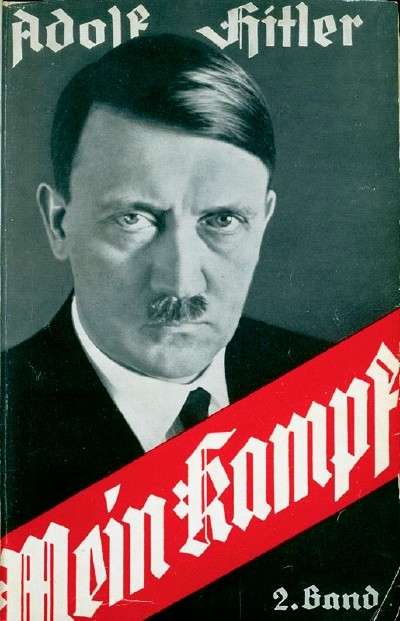
ANALYSIS
Hitler originally wanted to call his forthcoming book Viereinhalb Jahre (des Kampfes) gegen Lüge, Dummheit und Feigheit, or Four and a Half Years (of Struggle) Against Lies, Stupidity and Cowardice. Max Amann, head of the Franz Eher Verlag and Hitler's publisher, is said to have suggested the much shorter "Mein Kampf" or "My Struggle".
In Mein Kampf, Hitler used the main thesis of "the Jewish peril", which posits a Jewish conspiracy to gain world leadership. The narrative describes the process by which he became increasingly antisemitic and militaristic, especially during his years in Vienna. Yet, the deeper origins of his anti-semitism remain a mystery. He speaks of not having met a Jew until he arrived in Vienna, and that at first his attitude was liberal and tolerant. When he first encountered the anti-semitic press, he says, he dismissed it as unworthy of serious consideration. Later he accepted the same anti-semitic views, which became crucial in his program of national reconstruction of Germany.
Mein Kampf has also been studied as a work on political theory. For example, Hitler announces his hatred of what he believed to be the world's twin evils: Communism and Judaism. The new territory that Germany needed to obtain would properly nurture the "historic destiny" of the German people; this goal, which Hitler referred to as Lebensraum (living space), explains why Hitler aggressively expanded Germany eastward, specifically the invasions of Czechoslovakia and Poland, before he launched his attack against Russia. In Mein Kampf Hitler openly states that the future of Germany "has to lie in the acquisition of land in the East at the expense of Russia."
During his work, Hitler blamed Germany's chief woes on the parliament of the Weimar Republic, the Jews, and Social Democrats, as well as Marxists. He announced that he wanted to completely destroy the parliamentary system, believing it to be corrupt in principle, as those who reach power are inherent opportunists.
|
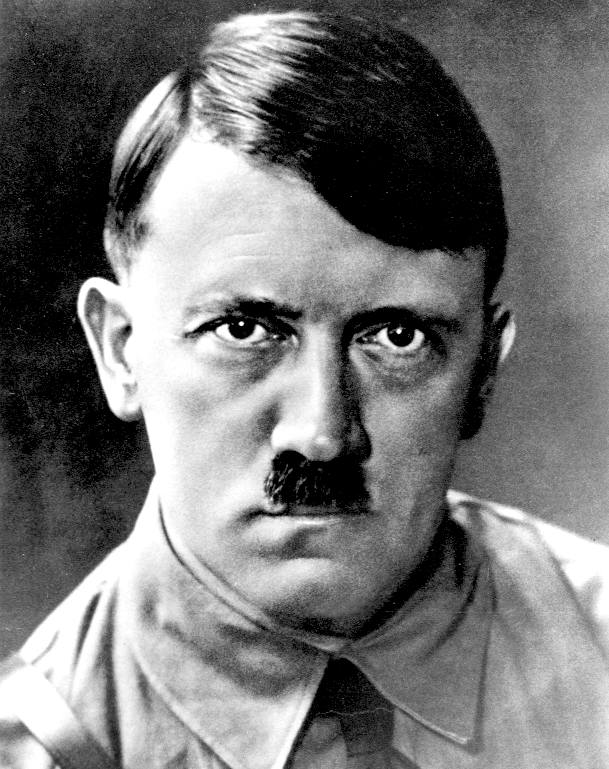
Adolf
Hitler
German
Chancellor
|
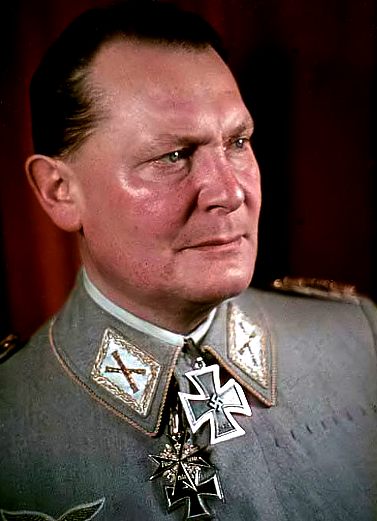
Herman
Goring
Reichsmarschall
Luftwaffe
|
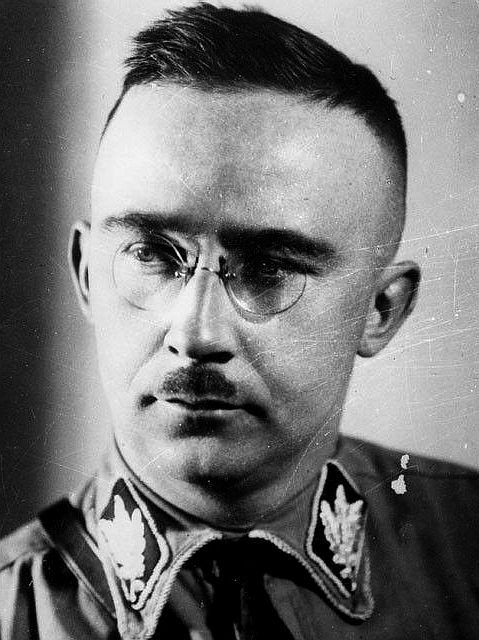
Heinrich
Himmler
Reichsführer Schutzstaffel
|
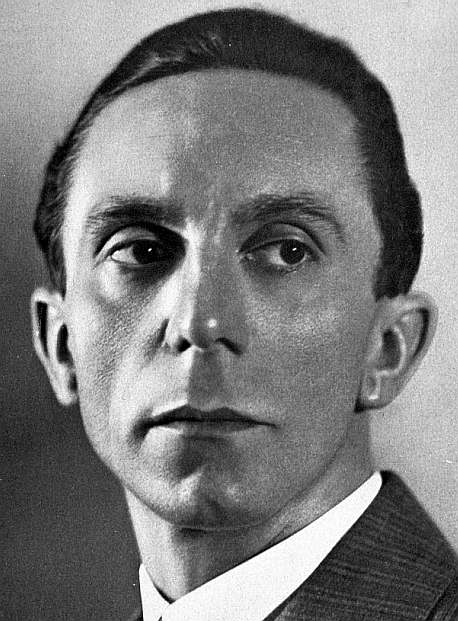
Joseph
Goebbels
Reich Minister Propaganda
|
|
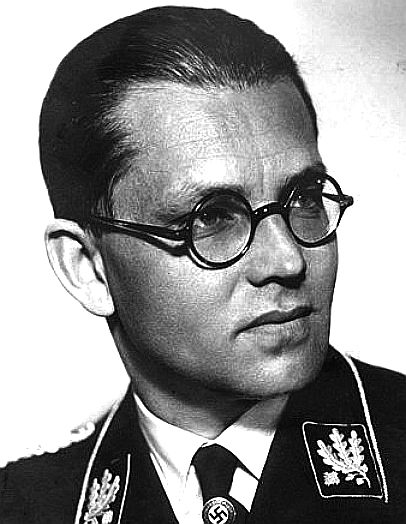
Philipp
Bouhler SS
NSDAP
Aktion T4
|

Dr
Josef Mengele
Physician
Auschwitz
|
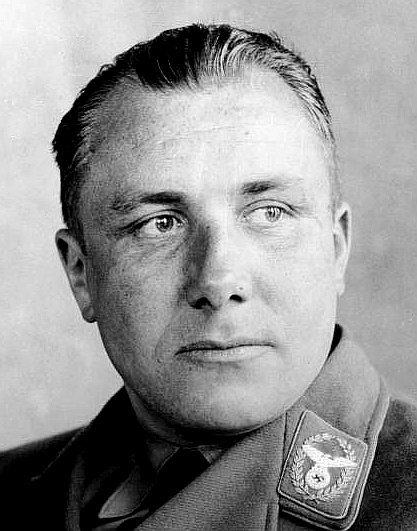
Martin
Borman
Schutzstaffel
|
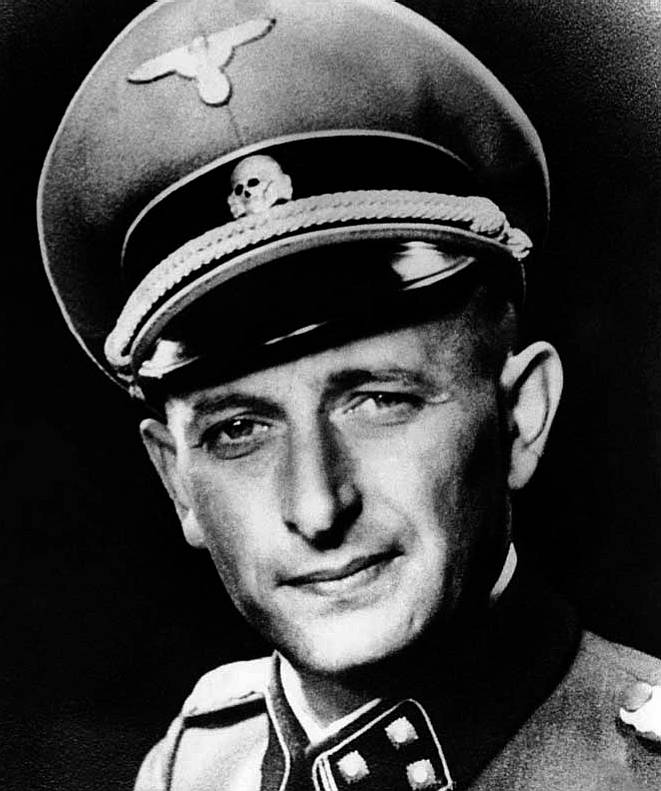
Adolph
Eichmann
Holocaust
Architect
|
|

Erwin
Rommel
The
Desert Fox
|
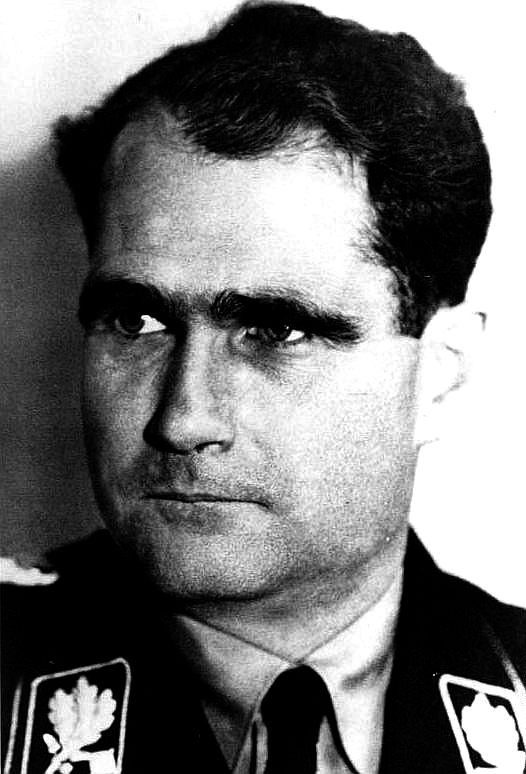
Rudolf
Hess
Auschwitz
Commandant
|
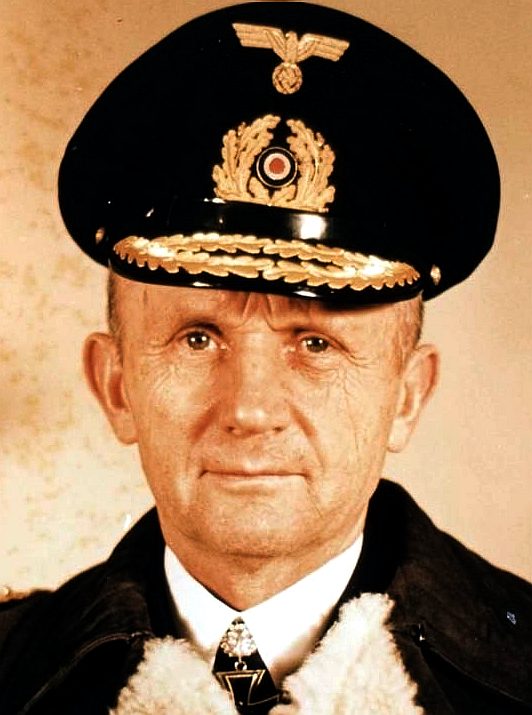
Karl
Donitz
Submarine
Commander
|
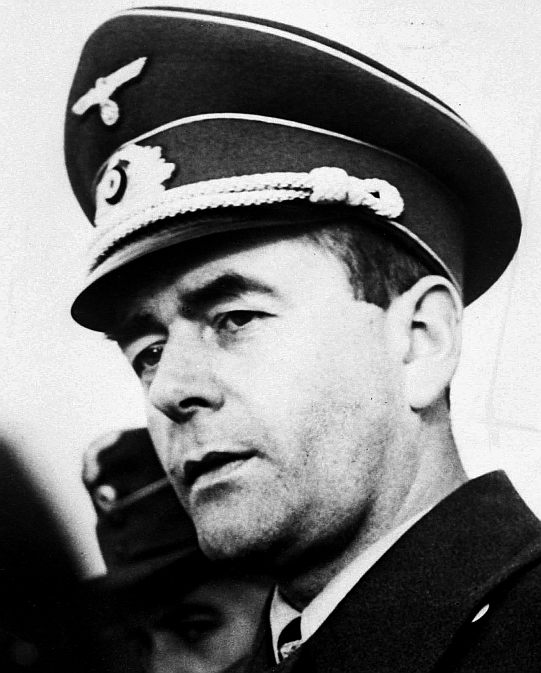
Albert
Speer
Nazi
Architect
|
A
- Z OF NAZI GERMANY

Good,
bad & evil A-Z
of humanity HOME
|














